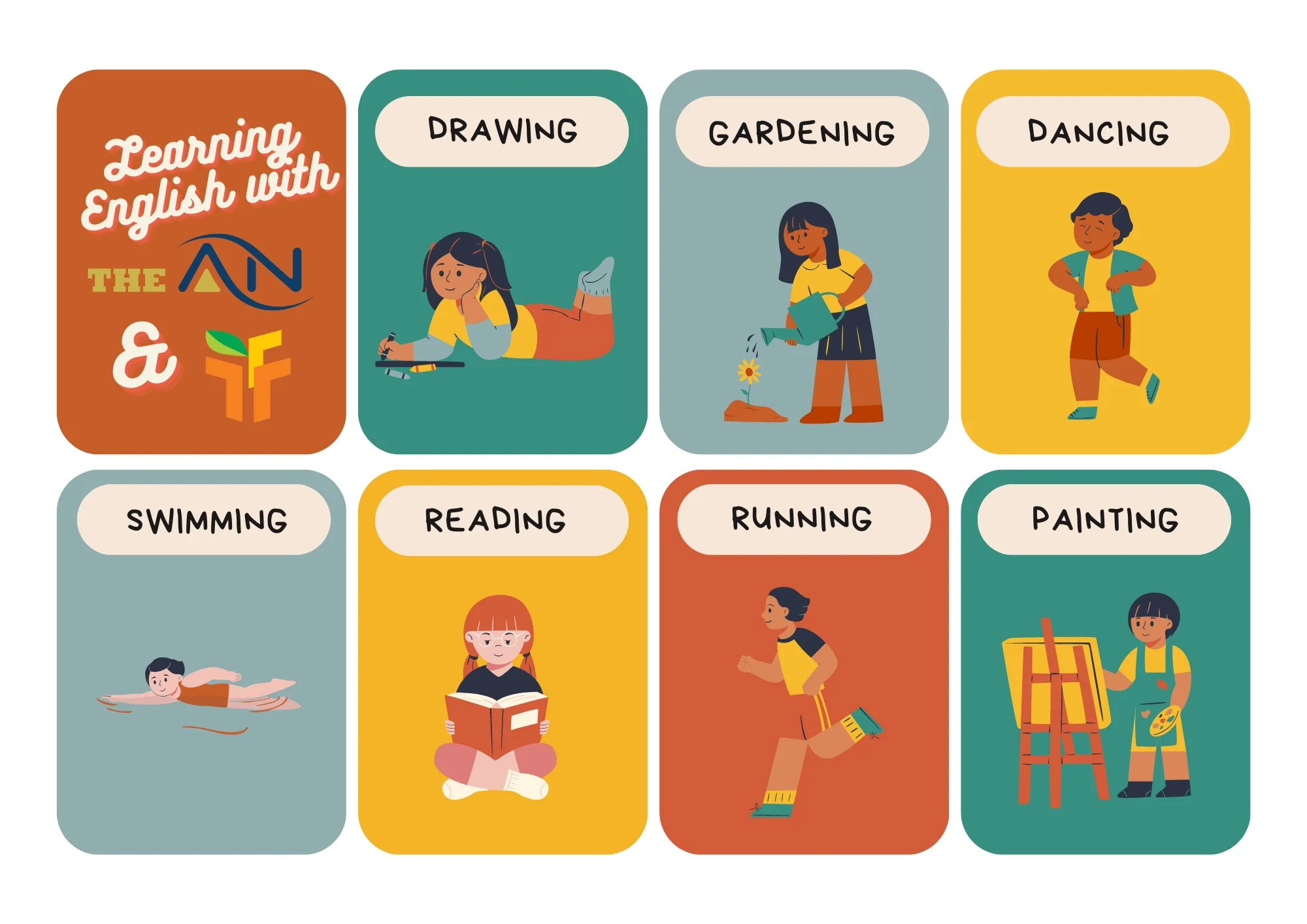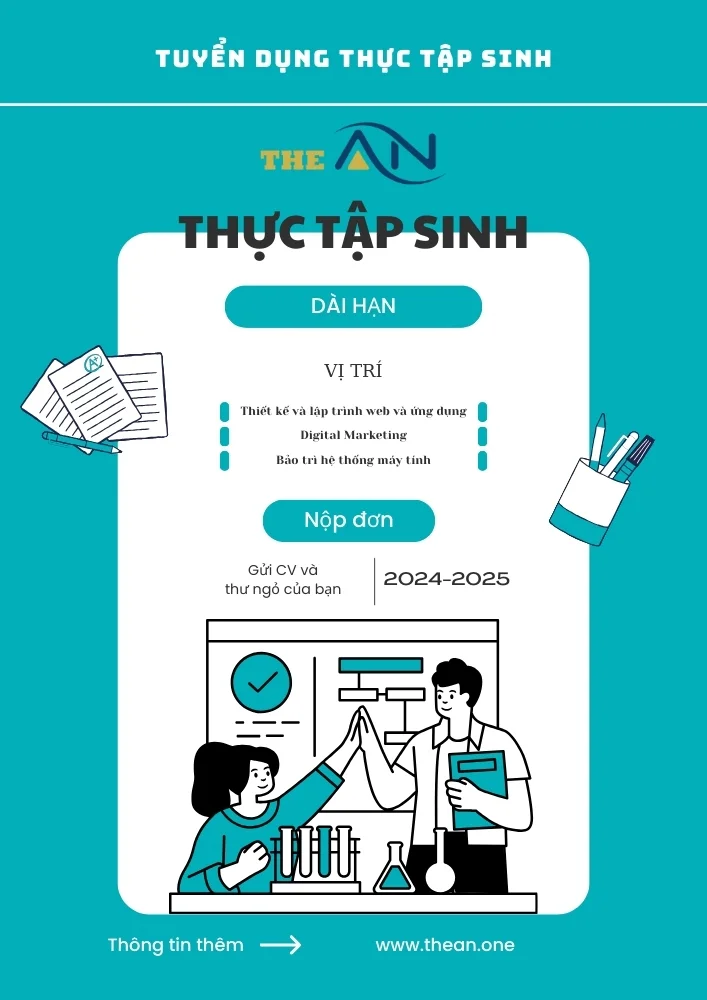What are Countable Noun?

Countable Noun includes all those things, we can count, whether it is in singular or plural form. A countable noun is used in the form of a singular or plural in a sentence. Because if we can count something then it can be either one or more than one. Do you want to know more about Countable Noun? Go through this article and explore more about Countable Noun including examples, usage, and so on.
What is a Countable Noun?
Before starting countable nouns, we know a little about nouns and their types. Noun: Noun is the name of the person, animal, thing, place, idea, or feeling. It is clear from the definition that a noun is a naming word. Whatever we see, think, or feel, they have nouns.
Types of Nouns:- According to Traditional English grammar, Nouns are mainly 5 types.
- Proper Noun
- Collective Noun
- Common Noun
- Material Noun
- Abstract Noun
Some Examples of Countable Nouns
- We painted the tables brown and the chairs grey.
- She found seven gold dollars in the toe of a sock.
- The oak tree lost five branches in the hurricane
Common nouns and Collective Nouns from Traditional English Grammar have been made Countable Nouns in Modern English Grammar.
- Common Noun: Tree, River, Girl, Boy, City, Teacher, Father, Nephew, Cow, Rat, Snake, Village, Mango, Head, Foot, Pen, Pencil, etc.
- Collective Noun: Mob, Crowd, Family, Bunch, Army, Committee, Parliament, Class, Team, Herd, Flock, etc.
Some nouns are both countable and non-countable such as Time, (I) Time is money. (ii)one should not waste time on trifles. In both these sentences, Time is used as a Non-Countable Noun. (i)He climbed Space Mountain seven times. (ii) I have called her five times. (time is used as a countable noun in both these sentences)
Rules for Countable Nouns
1. Making Plural by adding s/es/ies-
Making countable nouns plural by adding s/es/ies – Since we can count countable nouns, they have both singular and plural forms, that is, they can be made plural by adding s/es/ies.
Singular-Plural
To Book -Books
To Chair -Chairs
A dog can be made -Dogs
2. Use of Verb:
Use of Verb with countable nouns– Since countable Nouns have both Singular and Plural forms, Singular/Plural Verb are used with them accordingly i.e.
- If Noun ⇒ Singular, then Verb ⇒ Singular
- If Noun ⇒ Plural, then Verb ⇒ plural
Example:
- The pen is on the table.
- Dogs are barking.
Here pen is a singular noun, hence the singular verb ⇒ is used with it and dogs are plural a noun, hence the plural verbs ⇒ are used with it.
3. Use of Articles:
Use of articles with Countable nouns - We can use article ⇒ a/ an in front of singular countable nouns.
Example:
- Mobile is on the table.
- I saw a lion yesterday.
- A dog was barking.
4. Use of Cardinal Numbers- one, two, three, four:
Countable nouns with cardinal numbers – one, two, three, four…. Use of -Since we can count countable nouns, we use cardinal numbers before them – one, two, three, and four…. can be used. That is, we can say-
Example:
- one pen, two pens, three pens…
- one table, two tables, three tables…
5. Use of many, few, several, a large number of:
Use of many, few, several, a great number of / a large number of with countable nouns-many, few/a few/the few, several, a great number of /a large number of Is, i.e. many, few, several, a great number of/ a large number of + countable noun (plural). Here the word “number” itself is telling that it is used for countable nouns i.e. number = number.
Example:
- I have many friends. (Right)
- I have few friends. (Right)
- I have several friends. (Right)
- I have a number of friends. (Right)
- I have a large number of friends. (Right)
⇒ Friend is a countable noun that is which it is accompanied by many, few/a few/the few, several, a large number of…etc. Has been used.
6. Use of How many/ How much:
Countable Nouns are used with How many. If we want to ask a question about countable nouns, we will say - How many? Countable nouns are always used with How many?
Example:
- How many tables do you want?
- How many girls are there?
Here tables and girls are countable nouns, so How many are used with them?
7. Usage of the, no, enough, some, any, a lot of/lots of, plenty of:
Words The, no, enough, some, any, a lot of /lots of, and plenty of can be used with both countable and uncountable nouns. Let us try to understand with examples:
1. Use of the with countable nouns / uncountable nouns
- The pens are on the table. (pen = countable noun)
- The advice you gave me was very nice. (advice = uncountable noun)
- The tables were not available there. (table = countable noun)
- The milk was pure. (milk = uncountable noun)
2. No is used with countable nouns / uncountable nouns
- He has no friends. (friend = countable noun)
- There was no water in the bottle. (water = uncountable noun)
- There were no ducks at the river. (duck = countable noun)
3. Use of enough with countable nouns / uncountable nouns
- There was not enough glass for drinking water. (glass = countable noun)
- Fifteen minutes is not enough time for reading. (time = uncountable noun)
- Do you have enough tables? (table = countable noun)
- There was enough milk for drinking. (milk = uncountable noun)
4. Some is used with countable nouns / uncountable nouns
- I bought some new dresses for the trip. (dress = countable noun)
- We need some fresh water. (water = uncountable noun)
- I have some friends in Delhi. (friend = countable noun)
- There is some water in the fridge. (water = uncountable noun)
5. Use of any with countable nouns/uncountable nouns
- I don’t want to hear any comments. (comment = countable noun)
- Do you have any criminal evidence against him? (evidence = uncountable noun)
- He refused to answer any questions on paper. (question = countable noun)
- They did not show any sympathy toward the victim. (sympathy = uncountable noun)
6. Use of A lot of /lots of with countable nouns /uncountable nouns
- There are a lot of ducks in this pond. (ducks = countable noun)
- I have a lot of money. (money = uncountable noun)
- We saw lots of lions and deer in the zoo. (lions/ deer’s = countable noun)
- There is lots of food in the fridge. (food = uncountable noun)
7. Use of plenty of with countable nouns / uncountable nouns
- There are plenty of mangoes in the fridge. (mango = countable noun)
- This motorcycle has plenty of power. (power = uncountable noun)
- He has plenty of clothes for summer. (cloth = countable noun)
- You should drink plenty of milk. (milk = uncountable noun)
Countable Noun Examples
There are Some Examples of Singular and Plural Countable Noun:
- Pen – Pens
- Girl – Girls
- Boy – Boys
- Day – Days
- Second – Seconds
- Hour – Hours
- Kilometer – Kilometers
- Kilogram – Kilograms
- Rupee – Rupees
List of Countable Nouns
| Boy | Girl | Man | Woman | Teacher | Student | Doctor | Patient | Thief | Police |
|---|---|---|---|---|---|---|---|---|---|
| Mother | Father | Brother | Sister | Uncle | Aunt | Nephew | Nice | Grandfather | Sister in law |
| Cow | Cat | Rat | Crow | Snake | Lion | Elephant | Tiger | Monkey | Gorilla |
| Village | Town | City | Country | Delhi | Agra | Mango | Orange | Lotus | Rose |
| Tomato | Potato | Ladyfinger | Lily | Head | Foot | Eye | Ear | Hand | Leg |
| Tooth | Nail | Pen | Pencil | Bench | Desk | Table | Chair | Bus | Train |
Difference between Countable & Uncountable Nouns
| Countable Noun | Uncountable Noun |
|---|---|
| Things that can be counted. | Things that can not be counted. |
| They can be made Plural by applying -s/es/ies. | They cannot be made plural by applying -s/es/ies. |
| Singular / Plural Verb is used with them. | Only Singular Verb is used with them. |
| Article -a/an can be used in front of them. | Can’t use article –a/an in front of them. |
| Cardinal numbers one, and two… can be used in front of them. | Cardinal numbers- one, two… cannot be used in front of them. |
| Many, few, several, a number of, a great number of / a large number of are used with them. | Much, little, a great deal of/ a good deal of, a great amount of/ a large amount of are used with them. |
| If you want to ask a question about countable nouns, you would say How many? | To ask a question about uncountable nouns, you would say How much? |
| Examples: Cow, Book, Tree, Chair, Dog, pen, minute, hour, etc. | Examples: Water, Sugar, Salt, Kindness, Patience, Love, Hate, sympathy, milk, etc. |
Conclusion
According to the above definitions, types, rules, and examples; Countable nouns are nouns that can be counted. This means such things, By counting, we can tell their number whether they are one, two, or three or countable. they are called countable nouns. All those things which can be counted in singular or plural, category comes in the countable noun.
FAQs on Countable Nouns
Things that can be counted, are called countable nouns. Example – chair, table, mango, boy, book, pen, apple, , etc.
Examples: Pen, Girl, Boy, Day, Second, Hour, Kilometer, Kilogram, Rupee, Duck.
Things that can be counted are called countable nouns beside Things that can’t be counted, are called uncountable nouns.
A noun is a part of speech that represents a person, place, thing, idea, or concept. Nouns are used to name and identify these entities in language. They serve as the basic building blocks of sentences and can function as the subject of a sentence, the object of a verb, the object of a preposition, and more.
Nouns can be categorized into different types based on their roles and characteristics:
- Common Noun: A common noun is a general name for a person, place, thing, or idea. Examples include “dog,” “city,” “book,” and “happiness.”
- Proper Noun: A proper noun is a specific name for a particular person, place, or thing and is usually capitalized. Examples include “John,” “Paris,” “Harry Potter,” and “The Eiffel Tower.”
- Concrete Noun: A concrete noun refers to things that have a physical presence and can be perceived by the senses. Examples include “table,” “car,” “apple,” and “mountain.”
- Abstract Noun: An abstract noun represents intangible concepts, emotions, qualities, or ideas. Examples include “love,” “freedom,” “happiness,” and “wisdom.”
- Collective Noun: A collective noun is used to refer to a group or collection of people, animals, or things. Examples include “team,” “herd,” “family,” and “flock.”
Nouns play a crucial role in constructing sentences and conveying meaning in language, making them one of the fundamental components of grammar.
- Break up: They decided to break up after years of dating.
- Call off: Due to bad weather, they had to call off the outdoor event.
- Come across: I came across an interesting book while browsing the bookstore.
- Turn on: Can you please turn on the lights in the room?
- Give up: Don’t give up on your dreams; keep working towards them.
- Run out of: We ran out of milk, so I need to buy some more.
- Look forward to: I’m looking forward to our vacation next week.
- Put off: Let’s put off the meeting until tomorrow.
- Take off: The plane is about to take off for its flight.
- Turn off: Please remember to turn off the oven when you’re done cooking.
- Get along: They always get along well with their neighbors.
- Bring up: She decided to bring up an important topic during the meeting.
- Check in: We need to check in at the hotel before 3 PM.
- Give in: Eventually, they had to give in to his demands.
- Look up: You can look up unfamiliar words in the dictionary.
- Pick up: Can you pick up some groceries on your way home?
- Set up: They worked together to set up a new business.
- Turn down: He had to turn down the music because it was too loud.
- Break down: Their car broke down on the way to the beach.
- Work out: I try to work out at the gym three times a week.
Phrasal verbs consist of a main verb and one or more particles (usually prepositions or adverbs) that change the meaning of the verb when combined.
- Mine: The red car is mine.
- Yours: Is this book yours?
- His: His laptop is on the table.
- Hers: The cat is hers.
- Ours: The house is ours.
- Theirs: Those toys are theirs.
- Its: The bird built its nest in the tree.
- Whose: Whose keys are these?
- My: This is my backpack.
- Your: Is this your phone?
- Her: She brought her umbrella.
- Our: Our dog loves to play.
- Their: The children have their toys.
- Its: The car lost its keys.
- Whose: Whose idea was this?
These possessive pronouns indicate ownership or possession and replace the need to use a noun to show to whom something belongs.
Quý anh/chị đang tìm kiếm một doanh nghiệp uy tín cung cấp dịch vụ Công Nghệ Thông Tin như Thiết kế và lập trình website, Digital Marketing, hoặc dịch vụ Bảo trì và chăm sóc hệ thống máy tính, ...? Đừng ngần ngại hãy liên hệ với The ÂN qua số điện thoại (+84).326.418.478 để được tư vấn cụ thể, hoặc liên hệ qua mẫu tin.
Các thông tin nổi bật khác:









